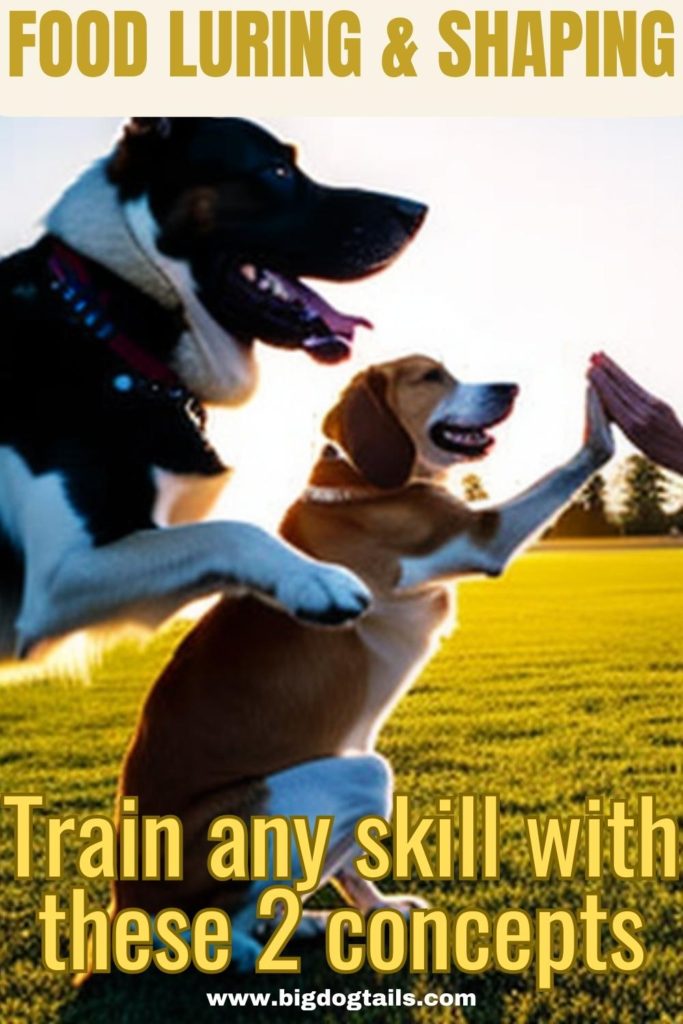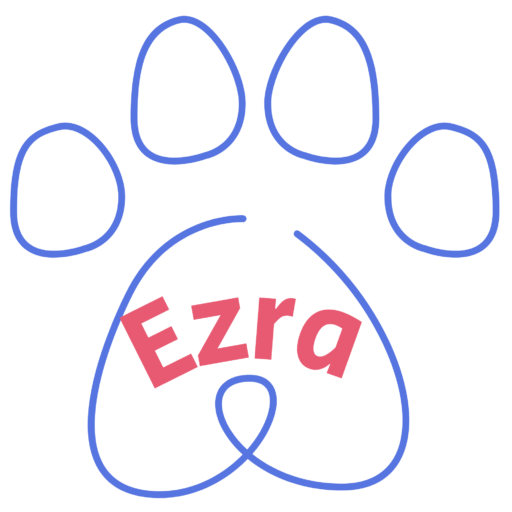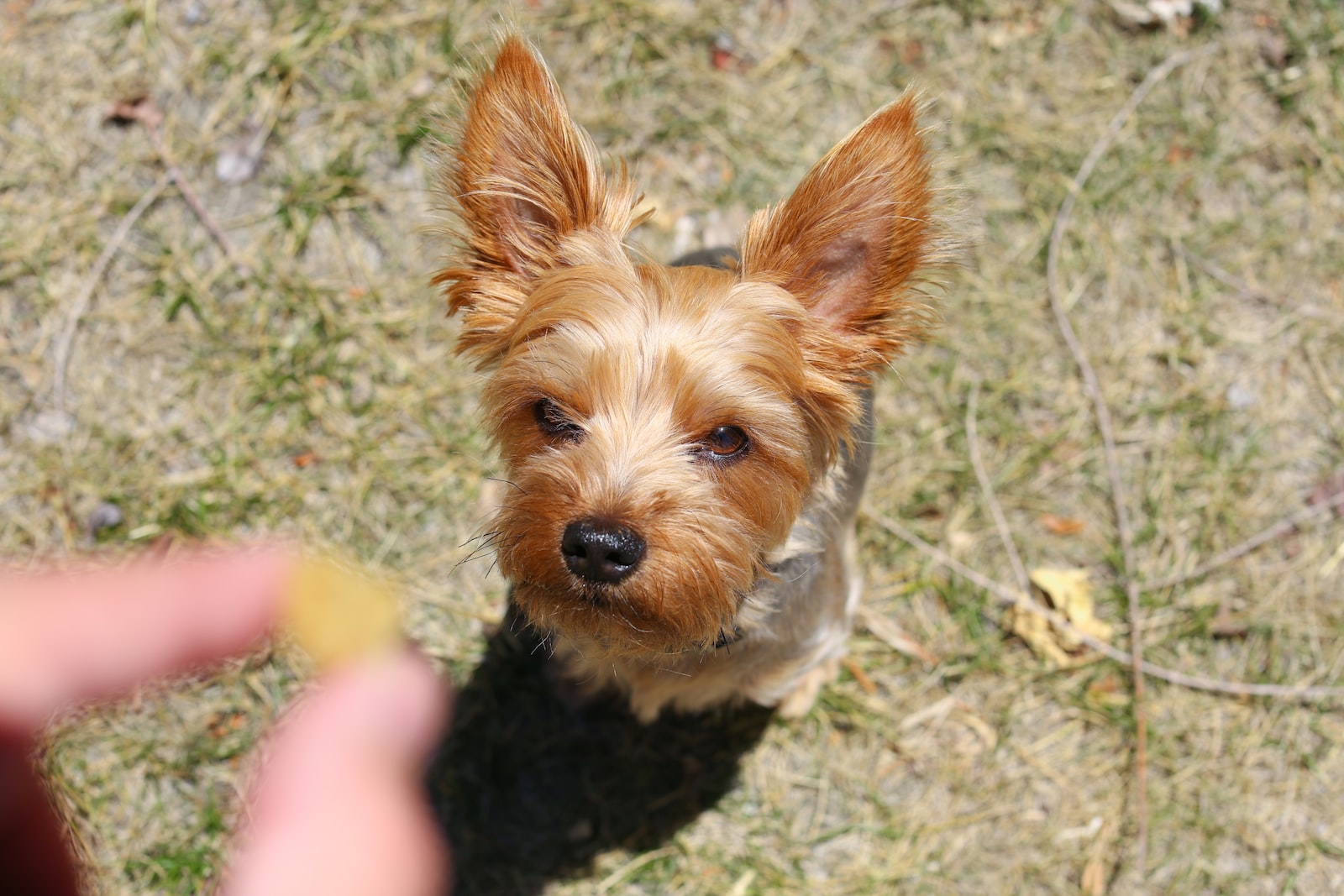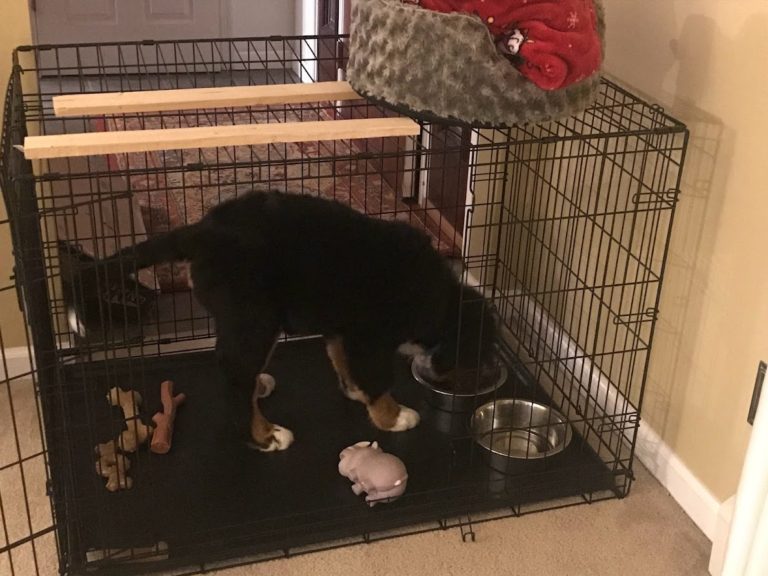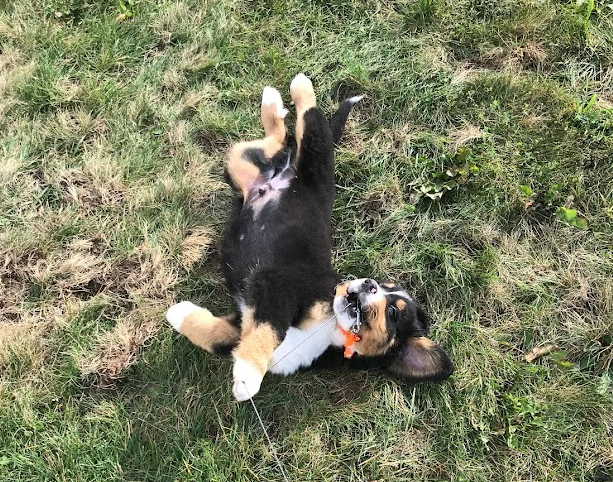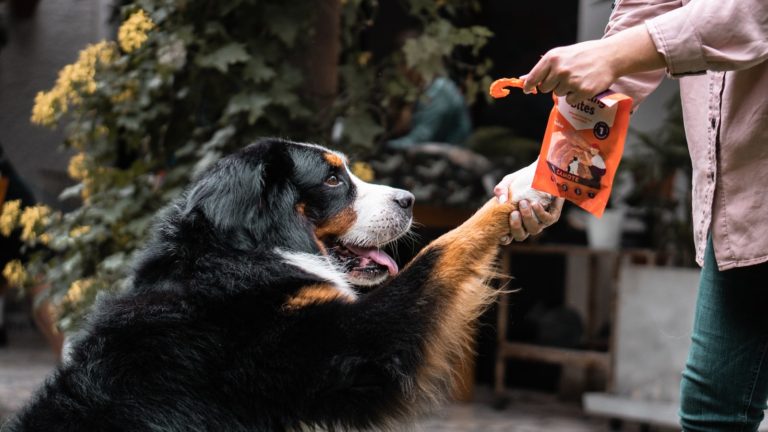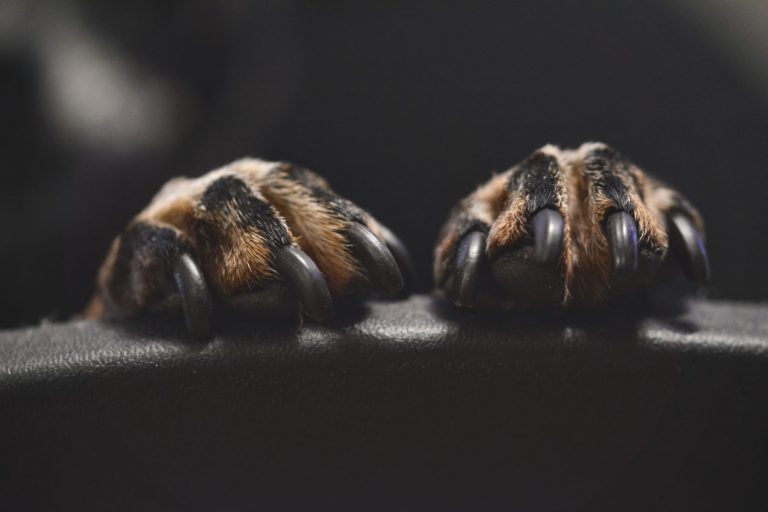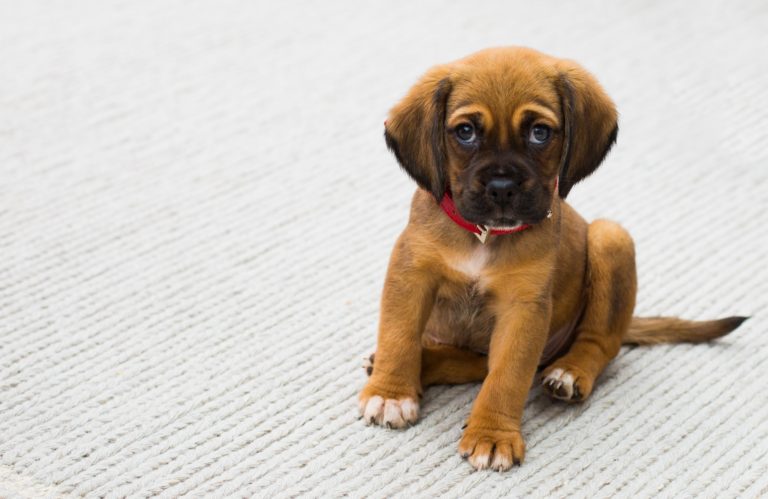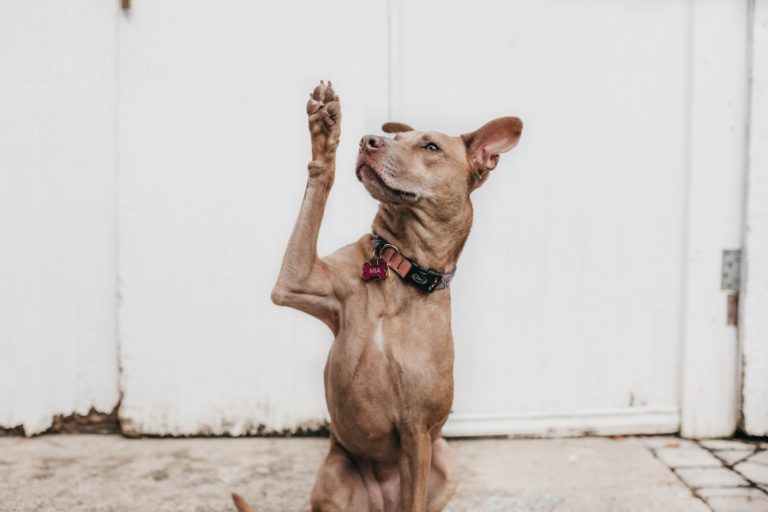What does it mean to food lure my dog?
I always associated food as a positive reward in dog training for AFTER my dog does what I tell him to do. But it never occurred to me that food can be used to shape the behavior and communicate to your dog that it’s the right one. Luring has a role in nearly all styles of dog training and it’s important to understand the basics so you can begin to train your pup at home. This article will discuss food luring specifically, but the same principles apply for other types of lures like toys.
What is food luring in dog training?
In my opinion, knowing how to food lure is one component of effectively training with food. Food luring is when a dog trainer uses kibble or treats to induce a dog into a specific position. You may also need to know how to shape behaviors with food for specific skills. Food shaping is paying the small behaviors your dog exhibits with an end goal of getting into the final, specific position. Both are examples are training through positive reinforcement.
They are all pretty similar to each other and you may use all three when training a single skill. Sometimes, I start with shaping, and then I fade the food to just luring. After that, I’ll work to completely fade the food. This is how I taught Ezra to spin. But for other skills, it may be easier to use one or the either. People also tend to use the words interchangeably, so it’s good to have foundational knowledge of what they mean.
Training to spin is a good example of food shaping.
Why should I care about the differences between shaping and food luring?
Understanding the differences will help you learn how to teach the dog a new trick. Each option is useful in training the dog to associate the command with the behavior in small steps. Dogs are not generalists. They need to be handheld through the process to fully connect the dots between what you are asking and what they should do. On the flip side, it’s helpful understanding the differences between each so you can see where your dog is messing up to make quicker adjustments for faster progress.
For example, let’s say you want to train your dog to spin. You want to use food shaping to get him to complete a spin, then fade the food to a simple lure. In this example, you would see progress when you get your dog to first slowly turn his head to look towards his hind legs. You would be building on top of that progress by getting him to complete a half turn and face the opposite direction. As your are getting your dog to complete a half turn, you are paying him treats along the way to “shape” the behavior. You keep doing that until he does a full turn, and then repeat a few times to get the dog to begin making the association.
The next step would be transitioning the shape to a food lure by making a smaller hand motion while holding food to communicate to the dog to complete the spin. Keep repeating that to solidify the association. Over time, make the hand motion smaller and smaller. This will help you fade the lure entirely.

How to get started with food luring
Food luring works best when it’s coupled with a marker, especially in training skills where the dog isn’t directly by you or focused on you. The marker will help “mark” the desired behavior to communicate to the dog what you are seeking, prior to receiving his reward. It helps the dog associate the command to the skill faster.
Now that you have your marker and your treat, the main thing to remember is that wherever the dog’s head goes, his body will follow. To translate that to teaching your dog a new skill – food shaping or luring will rely on using the treat to move the dog’s head and therefore his body.
So, how do we use this knowledge? Think about the skill we want to train and try to break it down into smaller steps that we can shape/lure by using food. This will help us build a quick strategy on the milestones we want to achieve in teaching a new skill. This is really helpful, because sometimes you can’t expect to train a new behavior in just one day, but you can work towards mini milestone goals in a day. Then, the next day you can build from there to eventually learn the full skill.
A benefit to planning a strategy for training a new skill is it will help you stay patient. You can’t expect a dog to fully learn a new skill in one day, but you can track milestones.
It took Ezra longer to learn a spin than I expected, which at times was frustrating. But then I broke it down into these major milestones: 1) food shaping a full circle, 2) food luring a full circle, 3) fade the food. By the end of the first 1-2 days of training, I was finally getting Ezra to food lure a full circle. I kept building on that until he learned the behavior. Being able to see the progress helped me not give up and it also helped me identify where I was moving too fast for Ezra.
I definitely moved to fast from food luring to fading it. I knew that because I tried it twice in a row with Ezra and he was looking at me confused, and didn’t even attempt to spin. That made me realize he hadn’t made the association as quickly as I thought, and we moved back to food luring practice. That was great, because I could gauge my dog’s learning progress and make small changes to ensure he actually learns it.
Tips for success in food luring
- Train when your dog is hungry.
- Try to use kibble for training during meal times when your training easy skills in your house. This keeps your dog lean, and working for their food helps the skill stick.
- You won’t always be able to use kibble though. Make sure you select the right training treat for your dog’s age, the distraction level of where you are training in, and the skill you want to train.
- Remember: where your dog’s head goes, his body will follow.
- Think about the skill you want your dog to exhibit, and see what the smaller behaviors, or milestones, your dog can learn quickly on his way to learning the trick fully. Then develop a milestone strategy to monitor your dog’s process to learning the skill.
- You know you moved too fast if you advanced the behavior and your dog isn’t getting it two times in a row. For example, if you want your dog to spin, and you think you are ready to move from shaping the spin to food luring the spin – go for it. But if you try food luring two times in a row and your dog doesn’t understand, go back to shaping and keep practicing.

Frequently Asked Questions
The last thing you need to know about food luring
Food luring is one tool all dog owners and trainers should have in their toolkit to train a dog effectively. It’s positive reinforcement training that uses a dog’s natural motivations to learn a new skill. If your dog isn’t food motivated, you can still follow the basic concepts of food lure training with something that does motivate him, like toys. All you need to get started is:
- A hungry dog to help ensure he is motivated for his food.
- Kibble or treats. Kibble is ideal, because you can train over dinner and keep the dog lean.
- A marker. This will help associate the command with the skill faster as a communication tool.
Then think about the skill you want to train, and remember: where the dog’s head goes, his body will follow. Use food to lure your dog into the final, specific position you want him to be in and reward. You may need to use concepts in food shaping and luring to associate the command with the skill and eventually fade the food.
What’s the first skill your going to teach your dog with food luring or food shaping? Comment and let me know!
